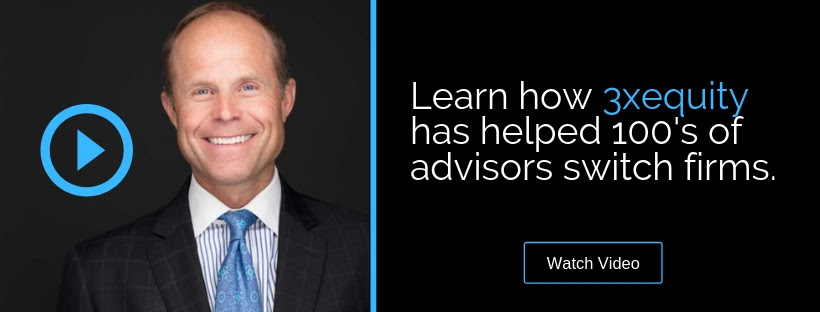The numbers don’t lie; in fact, they continue to accelerate. In the evolving landscape of wealth management, the RIA trend has gathered strength over the past half-decade: a significant number of financial advisors are transitioning away from the traditional bulwarks of the industry—namely, giants like Morgan Stanley, Merrill Lynch, and UBS—in favor of joining or establishing Registered Investment Advisors (RIAs). This movement marks a paradigm shift in how financial advisory services are delivered and consumed, driven by a combination of technological advancements, regulatory changes, and evolving client expectations.
Understanding the Shift
To comprehend the magnitude of this shift, it’s crucial to examine the data reflecting these changes over the past five years. While specific numbers fluctuate annually, the trend line points decidedly towards growth in the RIA space at the expense of the traditional brokerage firms. According to a report by Cerulli Associates, the RIA channel has experienced consistent growth in market share, increasing from 22.2% in 2017 to an estimated 28.7% by the end of 2022. In contrast, the wirehouses’ market share has seen a decline, dropping from 37.8% to approximately 31.5% in the same period.
This migration isn’t merely about numbers; it’s about the underlying factors fueling this exodus. The transition can largely be attributed to three key drivers: the quest for greater independence, the pursuit of a fiduciary standard, and the lure of technological innovation.
The Quest for Greater Independence
For many advisors, the move to RIAs is motivated by a desire for increased autonomy. At traditional broker-dealers, advisors often face constraints on the types of products and services they can offer, dictated by the firm’s proprietary solutions or partnership agreements. In contrast, RIAs operate with a higher degree of independence, enabling advisors to tailor their offerings more closely to their clients’ needs without the pressure to fulfill corporate sales quotas.
The Pursuit of a Fiduciary Standard
Another significant factor is the industry-wide push towards a fiduciary standard, which requires advisors to act in the best interests of their clients. While all RIAs are bound by this fiduciary duty, advisors at traditional brokerage firms are often held to a suitability standard, which doesn’t necessarily mandate the best interests of the client, but rather that the investments are suitable. This distinction has become a crucial selling point for advisors seeking to build trust and align more closely with client expectations.
The Lure of Technological Innovation
Technology has also played a pivotal role in this shift. RIAs have been more agile in adopting new technologies that enhance the client experience, from comprehensive wealth management platforms to advanced data analytics and personalized communication tools. This technological edge has allowed RIAs to compete on a level playing field with their larger counterparts, providing sophisticated services that were once the exclusive domain of the major firms.
Implications for the Industry
The migration of financial advisors from traditional broker-dealers to RIAs has profound implications for the wealth management industry. For one, it signifies a democratization of financial advice, with more clients gaining access to personalized, fiduciary-standard services. This shift also places pressure on the larger firms to adapt, potentially leading to an industry-wide elevation of standards and practices.
Moreover, this trend reflects a broader shift in the financial services landscape towards greater transparency, client-centricity, and innovation. As advisors vote with their feet, the message to the industry is clear: adapt to the changing demands of both advisors and clients or risk being left behind.
Looking Ahead
The movement towards RIAs shows no signs of abating. As technology continues to evolve and client demands for transparency and personalized service grow, we can expect to see even more advisors making the leap. This trend is not just a shift in employment patterns; it’s a reflection of the changing ethos of financial advice itself. In this new era, the client’s interests are not just a priority; they are the guiding principle.
For the traditional wealth management firms, the challenge will be to innovate and adapt. This may involve embracing more flexible advisor models, investing in technology, and potentially reevaluating compensation structures and product offerings. For the RIAs, the challenge will be to maintain the high standards of service and integrity that have fueled their rise, even as they scale.
As the landscape continues to evolve, one thing is clear: the future of wealth management will be defined by a commitment to serving the best interests of clients. In this rapidly changing environment, advisors and firms that prioritize transparency, independence, and innovation will be best positioned to thrive.





